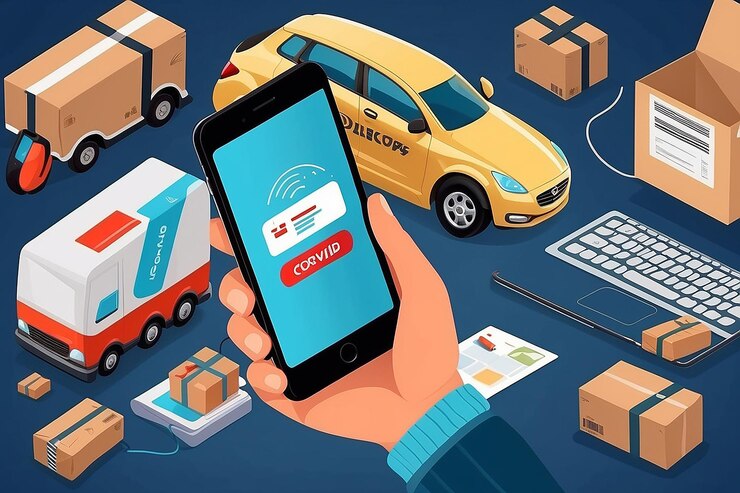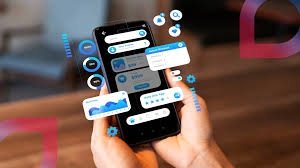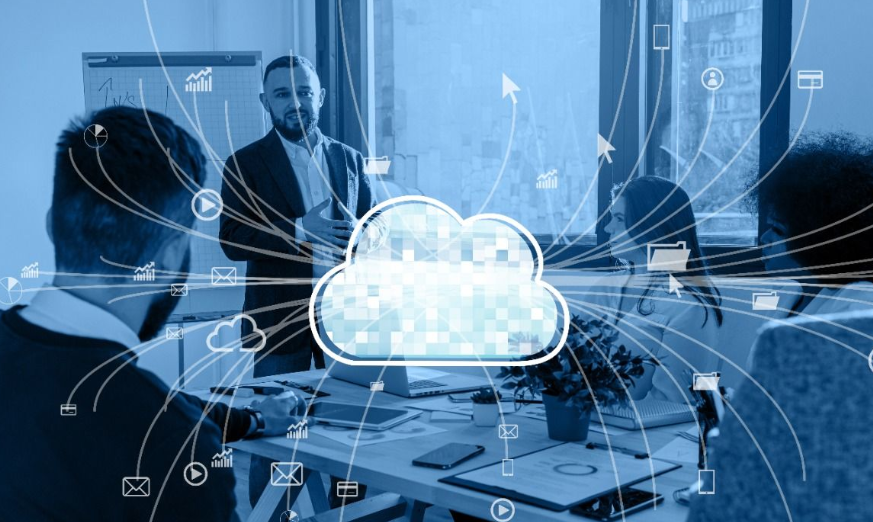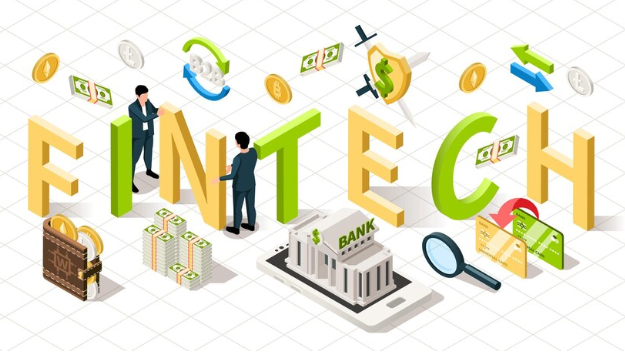How to Launch a Pickup and Delivery Mobile App in 2025?

The pickup and delivery business is booming, with the global last-mile delivery market expected to reach $200 billion by 2027. With the rise of eCommerce, on-demand services, and changing customer expectations, launching a pickup and delivery mobile app in 2025 presents a huge opportunity. Businesses need a well-planned strategy to enter this competitive market successfully.
What is a Pickup and Delivery Mobile App?
A pickup and delivery app allows users to schedule deliveries for goods, parcels, or food. It connects businesses with customers and ensures seamless logistics management. These apps can be categorized into B2B pickup and delivery app, B2P pickup and delivery, and P2P pickup and delivery, depending on the business model. The growing demand for fast, efficient, and real-time tracking in deliveries has made these apps indispensable for businesses and consumers alike.
Step-by-Step Guide to Launching a Pickup and Delivery App
1. Conduct Market Research and Identify Your Niche
Before starting a pickup and delivery app development, research market trends, customer demands, and competitors. Identify whether your app will serve B2B pickup and delivery, direct customers (P2P pickup and delivery), or a mix of both. Understanding the target audience helps create a unique value proposition.
- Analyze market gaps to determine what competitors lack and how your app can fill those gaps.
- Understand customer behavior and preferences to design features that enhance user experience.
- Evaluate existing pickup and delivery mobile apps to learn from successful business models and challenges they face.
2. Choose the Right Business Model
Selecting the right revenue model is crucial for success. Options include:
- Commission-based Model: The app charges a commission on every delivery transaction, making it a popular revenue model for a pickup and delivery app.
- Subscription-based Model: Businesses pay a recurring fee to use the platform, ensuring steady revenue and long-term partnerships.
- Freemium Model: Users can access basic features for free but must pay for advanced functionalities like express delivery and insurance.
- On-demand Pricing Model: Pricing is based on distance, parcel weight, and urgency, making it flexible for different use cases.
- Advertisement Model: Businesses and third-party brands can promote their services within the app for an additional revenue stream.
A well-structured pricing model ensures profitability and scalability, allowing businesses to maximize their returns on investment.
3. Key Features to Include in a Pickup and Delivery Mobile App
To make your app stand out, include essential features such as:
- Real-time tracking: Customers and businesses can monitor deliveries in real time, improving transparency and trust.
- Multi-payment options: Support payments via credit/debit cards, mobile wallets, and cash on delivery for user convenience.
- AI-powered route optimization: Reduces delays by selecting the fastest delivery routes based on real-time traffic data.
- User-friendly UI/UX: A simple, intuitive interface ensures easy navigation and smooth transactions.
- Push notifications: Keep users informed about order status, estimated delivery times, and promotional offers.
- Robust admin dashboard: Helps businesses manage orders, monitor deliveries, and analyze performance metrics.
- Multi-category support: Allows businesses to offer a wide range of delivery services, including groceries, medicines, and courier services.
- Automated invoicing: Generates digital receipts for customers and businesses, making record-keeping seamless.
Adding these features enhances the customer experience and improves operational efficiency, making the pickup and delivery business more streamlined and profitable.
4. Select the Right Technology Stack
Choosing the right technologies ensures smooth functionality. Consider:
- Frontend: React Native and Flutter enable cross-platform compatibility, ensuring a seamless user experience across Android and iOS.
- Backend: Node.js and Python offer high-performance and scalable backend solutions to handle complex logistics.
- Database: MongoDB and Firebase provide real-time updates, ensuring accurate tracking and delivery records.
- Cloud Services: AWS and Google Cloud ensure secure data storage, enhancing app reliability and scalability.
- AI & Machine Learning: Implement AI-driven analytics to predict demand, optimize delivery routes, and automate customer support.
- API Integration: Enable third-party payment gateways, GPS tracking, and CRM systems for a more comprehensive experience.
Selecting the right tech stack ensures high performance, security, and user engagement for a pickup and delivery mobile app.
5. Partner with a Reliable Pickup and Delivery App Development Company
A professional pickup and delivery app development team ensures seamless execution. They handle UI/UX design, API integration, and security protocols. Working with experts minimizes development challenges and accelerates app deployment.
- Custom Development Solutions: Choose a company that offers tailored app solutions based on your business model.
- Scalability and Maintenance: Ensure that the developers provide ongoing support and future updates.
- Compliance and Security: The app must adhere to data privacy laws and cybersecurity standards.
- Multi-platform Development: An app development company with expertise in cross-platform apps helps maximize reach.
Choosing the right development partner ensures a smooth app launch and long-term success.
6. Launch, Market, and Scale Your Pickup and Delivery Business
After development, plan a strong marketing strategy:
- SEO and content marketing: Optimize the app listing and website with relevant keywords like pickup and delivery mobile app, pickup and delivery business, and pickup and delivery app development.
- Social media campaigns: Leverage Instagram, Facebook, and LinkedIn to create awareness and attract users.
- Referral programs: Encourage users to refer others with discounts or cashback incentives.
- Partnerships with local businesses: Collaborate with eCommerce platforms, restaurants, and courier services to expand service offerings.
- Influencer and Affiliate Marketing: Engage influencers to promote your pickup and delivery app to a wider audience.
A strategic launch and continuous marketing ensure the long-term success of your pickup and delivery mobile app.
Conclusion
Launching a pickup and delivery mobile app in 2025 requires careful planning, the right technology, and effective marketing. Whether it's a B2B pickup and delivery app, P2P pickup and delivery, or B2P pickup and delivery, focusing on innovation and user experience is key to success in this growing market. Investing in top-notch pickup and delivery app development and adopting a customer-centric approach will position your business as a leader in the industry.
Note: IndiBlogHub features both user-submitted and editorial content. We do not verify third-party contributions. Read our Disclaimer and Privacy Policyfor details.



![10 Best Software Development Companies in Saudi Arabia [2025 Edition]](https://indibloghub.com/public/images/courses/686b7b64d3d771657_1751874404.jpg)



